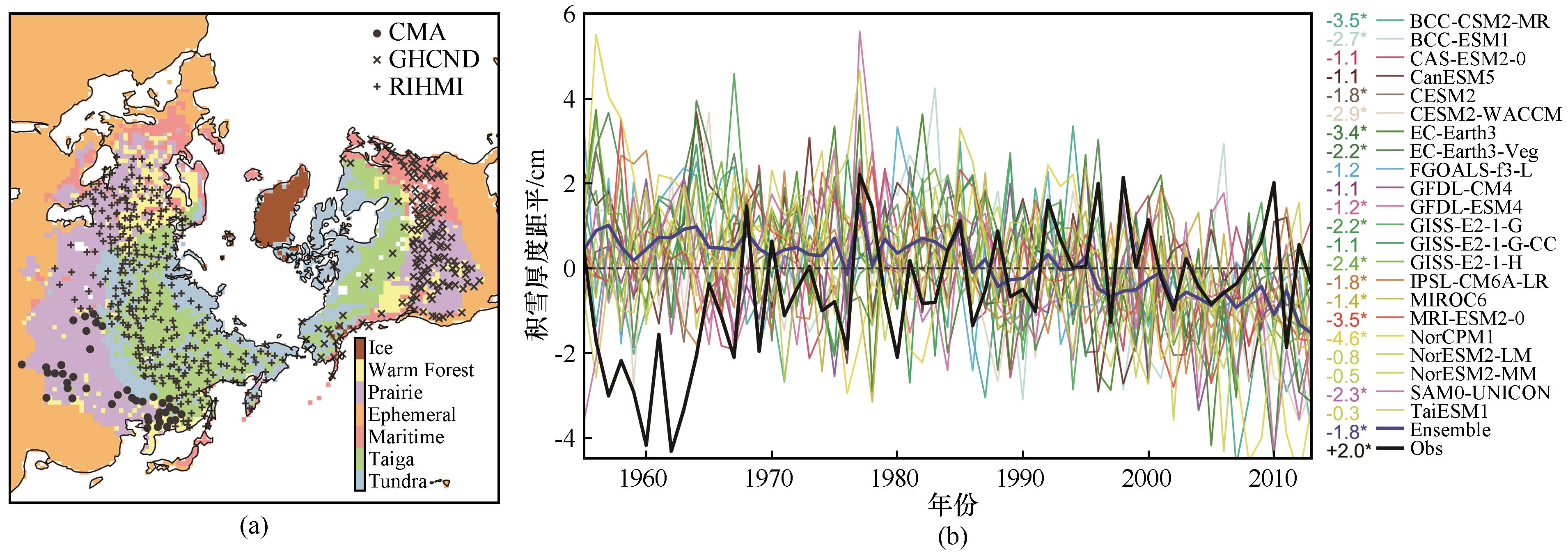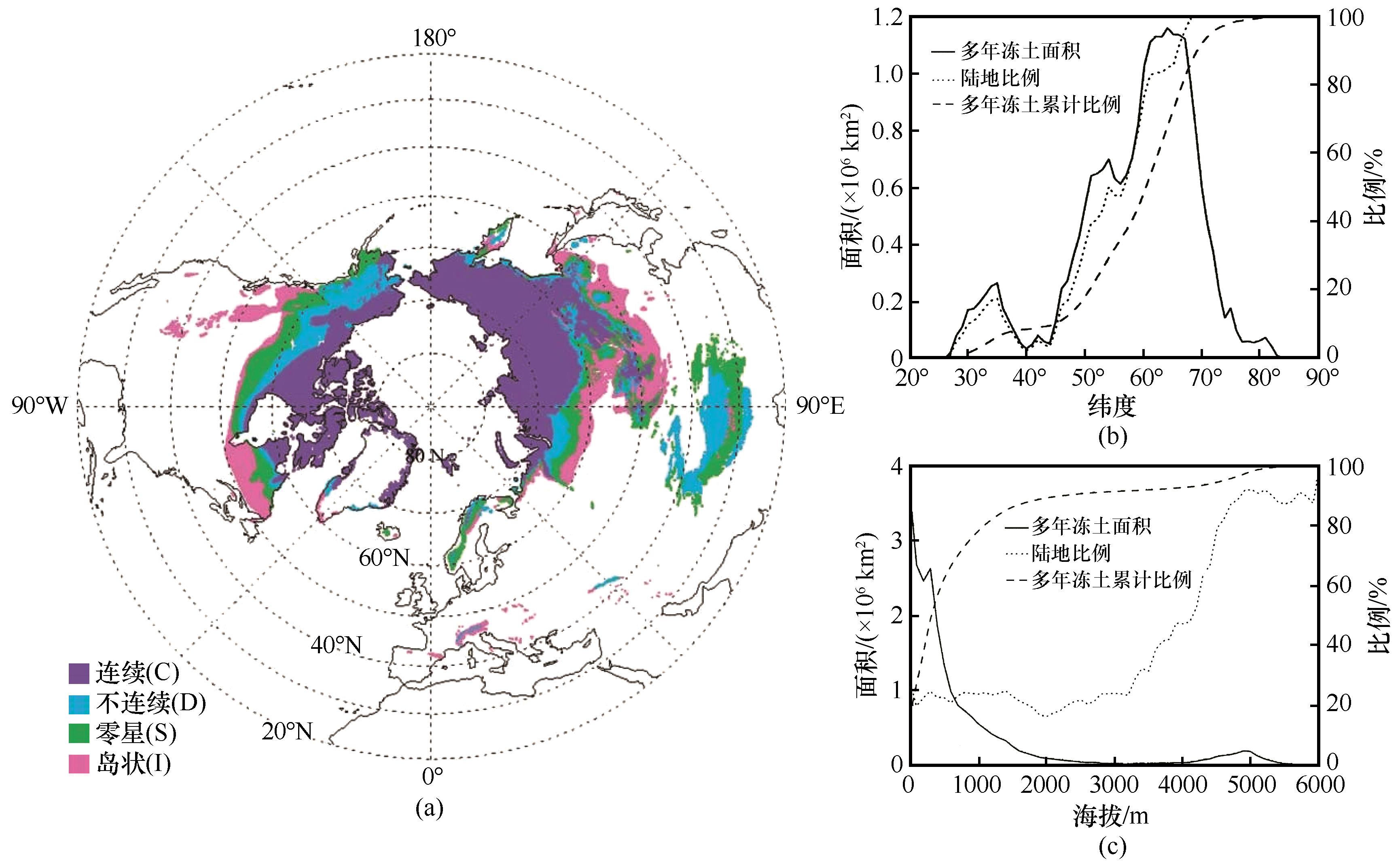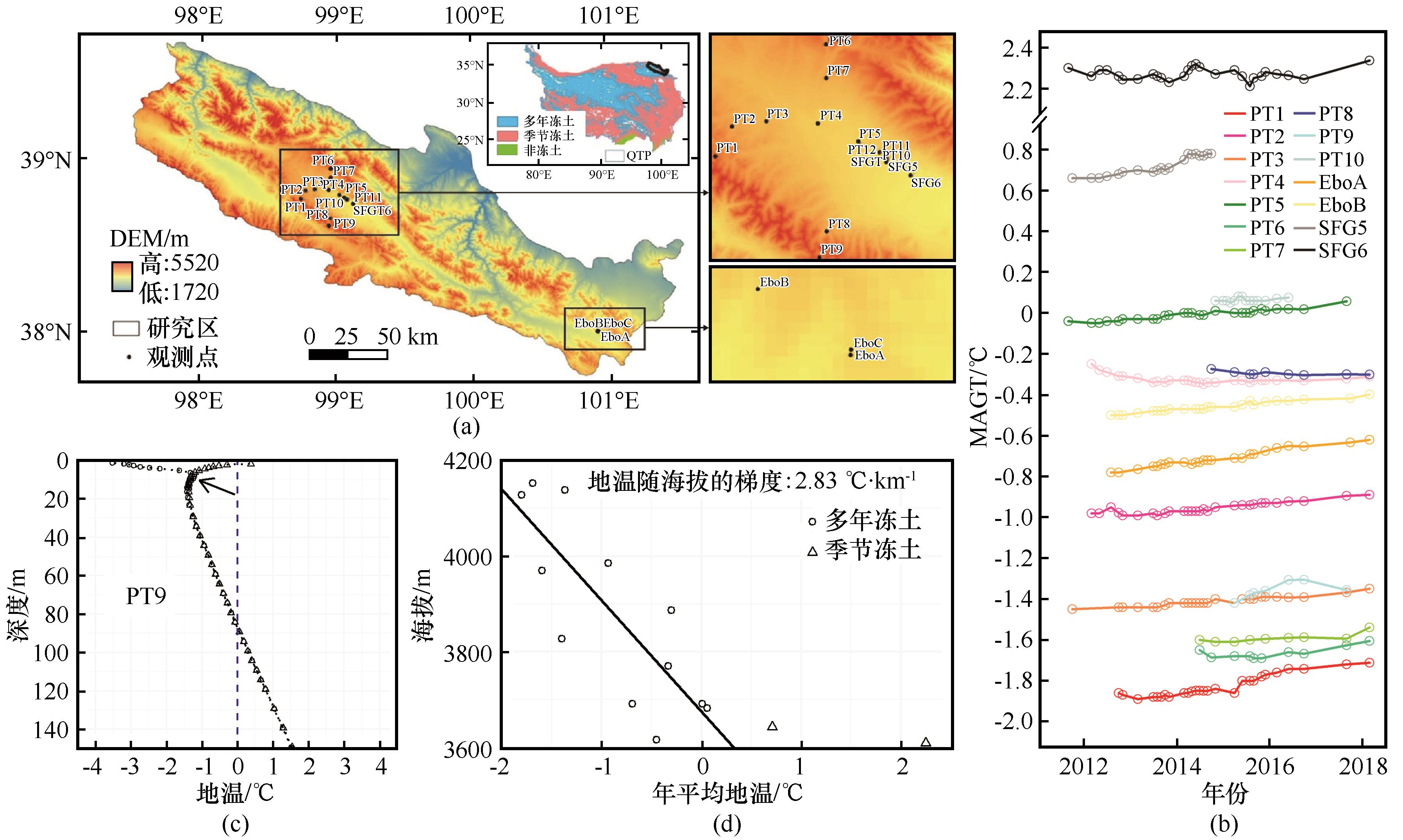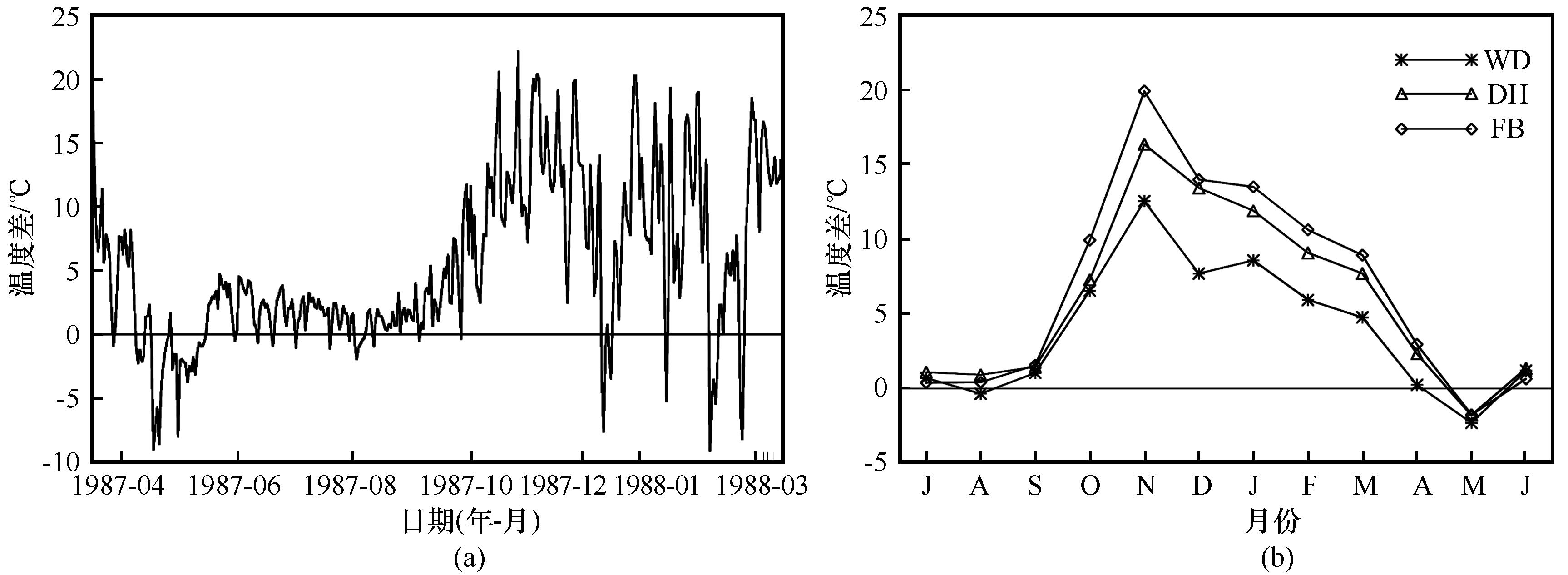
 Fig. 1 Distribution of permafrost in the Northern Hemisphere (based on the EASE-grid)[
Fig. 1 Distribution of permafrost in the Northern Hemisphere (based on the EASE-grid)[ Fig. 2 Observational sits in the upper reaches of the Heihe River Basin[
Fig. 2 Observational sits in the upper reaches of the Heihe River Basin[ Fig. 3 Impact of changes in the depth hoar fraction of the seasonal snow cover on soil surface temperature[
Fig. 3 Impact of changes in the depth hoar fraction of the seasonal snow cover on soil surface temperature[ Fig. 4 Temperature difference between the mean daily ground surface and air temperatures[
Fig. 4 Temperature difference between the mean daily ground surface and air temperatures[ Fig. 6 1930—2000 seasonal freeze depth changes (blue line, closed circles) across the Eurasian high latitudes, including ±1 standard deviation (between thin blue lines)[
Fig. 6 1930—2000 seasonal freeze depth changes (blue line, closed circles) across the Eurasian high latitudes, including ±1 standard deviation (between thin blue lines)[